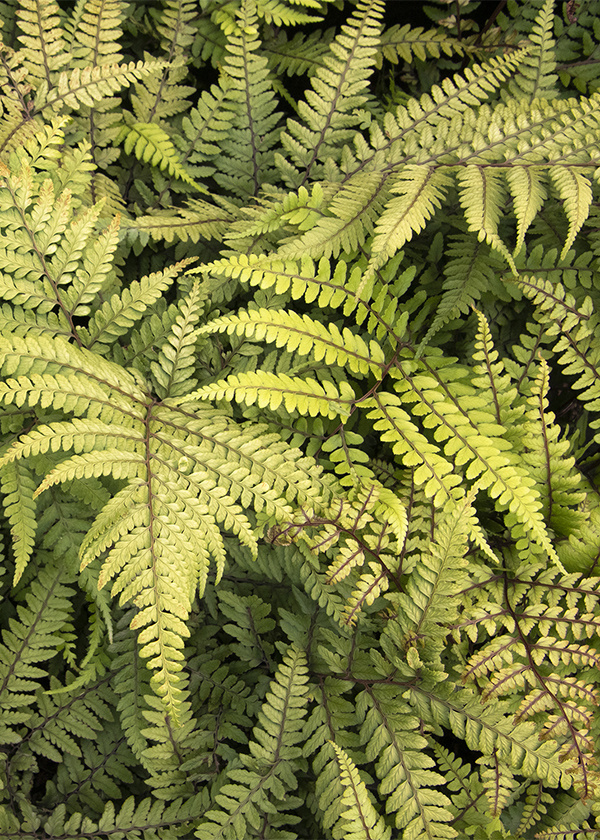We weren't able to get to questions at the end of this webinar, so we are including an explanation about the process of plant collection and transportation here.
Q: We had a lot of questions about how you bring exotic specimens home. Can you tell us more about the process of collecting and transporting plants to the US for cultivation?
The process of collecting only begins when you find that plant. That's perhaps the exciting part, to see that wonderful thing growing in its native haunts, but then the real work, the labor begins as I have to collect that seed, bring it back wherever I'm staying that night and begin the drying process. But most importantly, while I'm there at that place is to record the elevation, record those things that it's growing with so I can re-imagine that at a later date. I'm taking the coordinates where I'm standing, so in the event that it is a new plant that we can go back and see it again. Then after a complete drying and cleaning of the seeds, then I have to ready it for shipment to the USDA, where it is then inspected under a microscope to make sure that, and rightfully so, not bringing anything in with the seeds that might harm our own natural ecosystems here.
Hear more from Dan Hinkley and see some of his gorgeous home garden in this quick video featuring Dan and Courtney Olander of Fine Gardening magazine.
Monrovia Most Valuable Plants Webinar Plant List
Problem-Solving Plants
Heavenly Ascent® Holboellia Vine
Gotemba Golden Japanese Spikenard
Windcliff Fragrant Pachysandra
Camouflage® Variegated Japanese Aralia
Productive Plants
Year-Round Beauty
Jurassic™ Stegosaurus Holly Fern
Don't miss the next webinar!
Sign up for Monrovia's Grow Beautifully Newsletter to be the first to know about upcoming webinars, and the opportunity to participate live. Newsletter subscribers also get first access to free digital guides, new plants, design lessons from experts, and much more.




